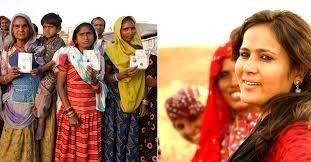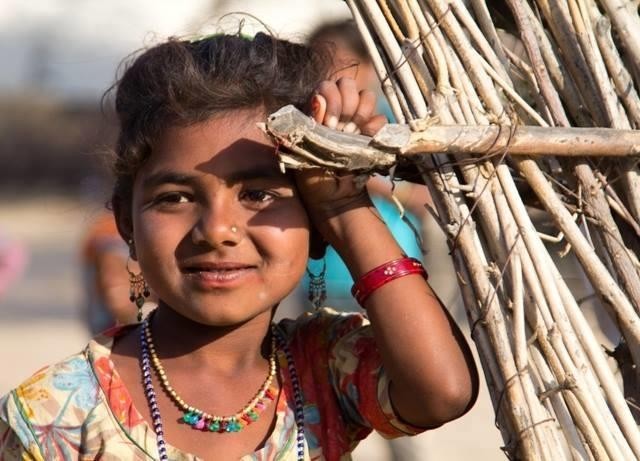Meet Mittal Patel, Who Skipped Her IAS Dreams to Uplift India’s ‘Criminal’ Tribes
- “No government was giving them the right solutions. Their problems were much more complex than the government providing them with houses in some welfare scheme,” she explains.
- Mittal Patel grew up in the Gujarati village of Shankhalpur, with the dream of becoming an IAS officer. However, life had different plans for her.
- While she shifted to Ahmedabad to study for the UPSC exams, she eventually found herself studying journalism at Gujarat Vidyapith, where she underwent a life- changing experience.
- As part of her program, she undertook a two- month fellowship in Charkha, where one evening, she visited the residences of the tribal sugarcane workers.
- “I went there with the idea of staying with them. What I saw was shocking. Their tents were made of blue plastic, in which one could barely stand up. The contractor there didn’t want to talk to me, thinking I was a journalist who would write stories. That was when I saw a man, who came crying to him. He said two men had abducted his wife and had thrown his child into the thorny bushes to the side of the road,” recalls Mittal.
- Mittal vividly remembers the fear she felt that day. Taking shelter in the home of one of the ladies in the community, she prayed for dawn to come. What shocked her even more than the gruesome event was that the next morning life went on, without even a single FIR or police complaint. It was as if the incident had never happened.
- She decided to continue working with tribes, through an NGO, the Janpath Organisation. It was only when the NGO decided to do a study on the nomadic and denotified tribes of India, that Mittal’s curiosity was piqued.
- She remembers, “I used to see Vadis and snake charmers throughout my childhood. They used to entertain us with their performances. But for a long time, I had not seen them. Where had they all gone?” This was the beginning of her search for the nomadic and denotified tribes of India.
- According to Mittal, about 60 lakh of India’s population, is a part of nomadic (NT) and denotified tribes (DNT). Many of them still travel from place to place to earn their living in various professions, from snake charming to singing and dancing. It has been the way for several years.
- During the era of the British rule, 198 tribes were classified as “criminal,” through the Criminal Tribes Act of 1871. Although the act was repealed, the misconceptions about these tribes still exist. They form close to 10 percent of India’s population and are still struggling for their basic rights.
- Mittal’s search for these nomadic tribes led her to the Dafer community, in Surendranagar. People warned her against it, as they were seen as criminals but she was determined to meet them. It was when she
- was taking notes, during a conversation with the Sarpanch, that she heard a child crying. It disturbed her, and she asked the mother to feed the child.
- “The mother looked at me angrily and said, ‘I haven’t eaten in days, how will I feed my child?’ This left a long-lasting impression on my mind. I wanted to help them,” says Mittal.
- Mittal began attending the weddings and festive occasions of the Dafer people, to learn more about their culture and gain their trust. She also met representatives and leaders of the community. Gradually, she began to learn of the complex problems and issues faced by stateless tribes and denotified communities.
- “No government was giving them the right solutions. Their problems were much more complex than the government providing them with houses in some welfare scheme,” she explains.
- She then decided to take matters in her own hands, forming Vicharta Samuday Samarthan Manch (VSSM) in 2006, an organisation with the aim of advocating for the basic rights of nomadic and denotified tribes in Gujarat.


